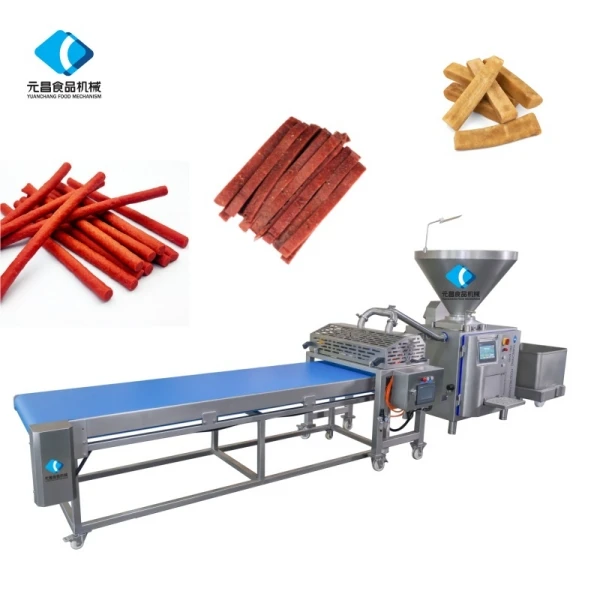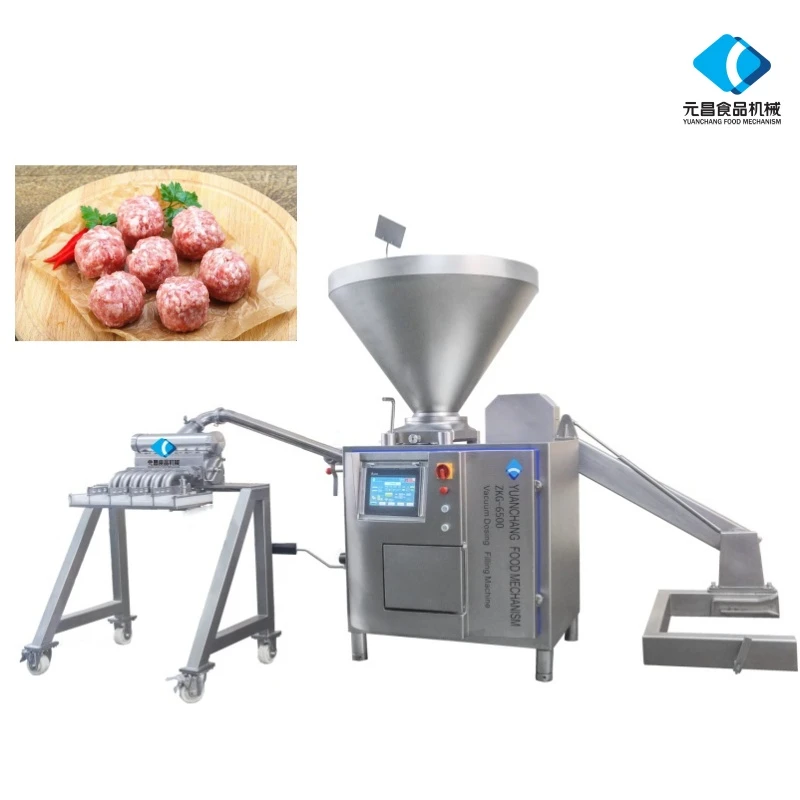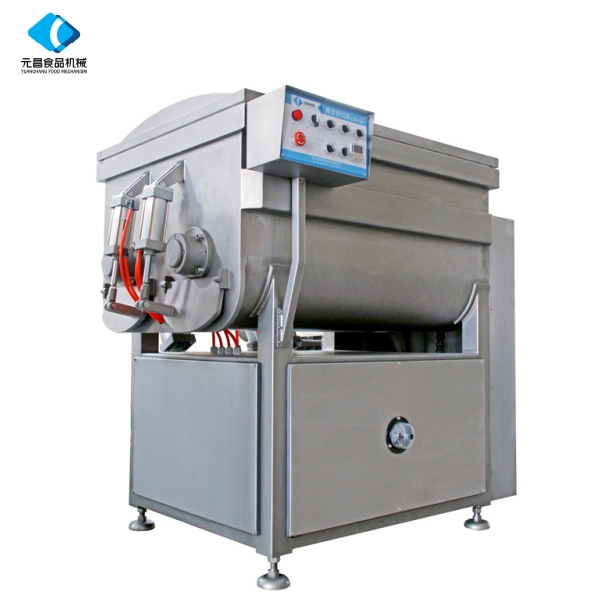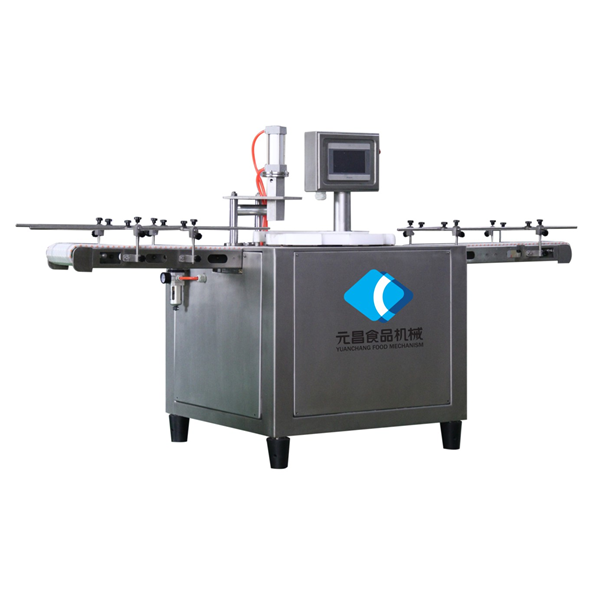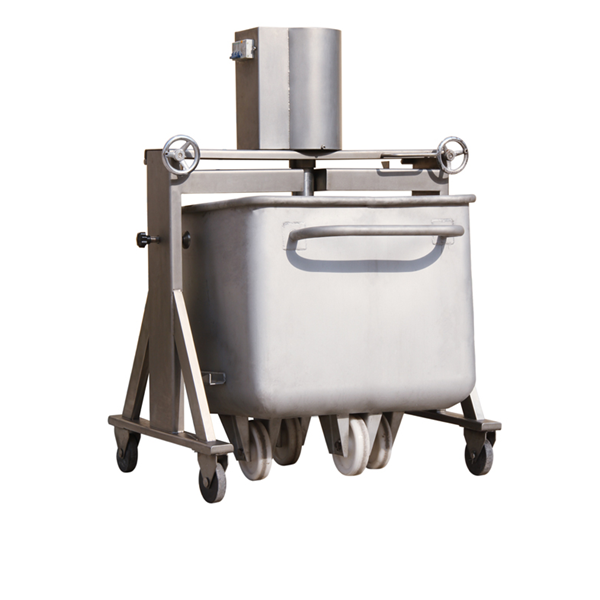Pork Processing Equipment: Global Trends, Key Features & Future Innovations
Understanding Pork Processing Equipment: Why It Matters Globally
Pork processing equipment is more than just machinery on a factory floor. It’s a vital link in one of the world's largest food supply chains, feeding billions and sustaining economies. With pork being the most widely consumed meat globally, especially dominating diets across Asia, Europe, and parts of the Americas, the efficiency, safety, and sustainability of pork processing tools impact not only consumers but entire industries—from small farmers to multinational corporations.
When you think about food safety, export quality, and waste reduction, knowing how pork processing equipment operates and evolves can be a game-changer. Especially in an era when global demand is rising and supply chains face disruption, the right machinery doesn’t just improve productivity; it saves resources and protects public health.
The Global Context: Feeding a Growing Population
Did you know that pork accounts for over 36% of the world's meat production according to FAO? Countries like China, the United States, and Germany lead consumption, but emerging economies are rapidly catching up. This surge puts pressure on pork processing equipment manufacturers to innovate and meet strict regulatory standards dictated by institutions like the ISO 22000 Food Safety Management.
However, there's a widespread challenge: balancing high-volume production with humane slaughtering, traceability, and reducing waste at every stage. Many regions, especially in developing countries, still rely on outdated or manual processes that increase contamination risks and reduce efficiency. Upgrading pork processing equipment isn’t just an industrial need but a critical public health challenge worldwide.
What Exactly Is Pork Processing Equipment?
Essentially, pork processing equipment encompasses the range of machines and tools that handle pork from the moment it arrives at a slaughterhouse until it exits as packaged meat ready for market or further processing. This includes:
- Slaughtering machinery like stunning and bleeding units
- Scalders and dehairers to prep the carcass
- Cutting, deboning, and trimming tools
- Washing and chilling lines
- Packaging and labeling machines
These devices help streamline an otherwise labor-intensive process, drastically improving output rates, hygiene levels, and product consistency. On a broader scale, pork processing equipment is tied not just to industrial efficiency but also global food security and humanitarian assistance during crises where meat supplies are critical.
Core Components to Consider When Choosing Pork Processing Equipment
Durability and Hygiene
Any equipment dealing with raw meat must resist corrosion and be easy to clean. Stainless steel remains the gold standard here. Many suppliers also offer modular parts that can be sterilized quickly—a lifesaver for preventing bacterial contamination.
Scalability
Whether it’s a small butcher’s shop or a large industrial plant, equipment must scale. This means flexible conveyors, adjustable cutting tools, and modular chilling units that can expand with demand—without massive investments in new systems.
Cost Efficiency and Energy Use
It doesn’t pay off to buy fancy equipment if energy costs skyrocket or maintenance is too frequent. Modern machinery tends to use variable frequency drives (VFDs) to optimize motor speeds, saving on power bills while maintaining throughput.
Automation and Integration
This is where the game is changing fast. Smart sensors and robotics allow for real-time quality checks, automated trimming, and traceability linked directly to computer systems. This integration ensures compliance with regulations and saves labor costs.
Compliance and Safety Features
Operators need equipment with built-in safety guards, emergency stops, and ergonomic designs. Plus, digital monitoring for hazard analysis aligns with standards like the ISO 22000.
Environmental Impact
More clients now prioritize equipment that reduces water usage, waste discharge, and carbon footprint, often featuring recyclable components and support for green energy operations.
Practical Applications Around the World
In Europe, many pork processing facilities are pushing for Industry 4.0 standards, integrating IoT devices to monitor production lines tightly. Meanwhile, in Southeast Asia, where pork is a dietary staple, smaller-scale equipment tailored for flexible batch sizes helps local farmers process with limited infrastructure.
Interestingly, during emergency relief operations—think natural disasters—portable pork processing units have been deployed to ensure food security when supply chains get disrupted. In remote industrial zones, such equipment can even become a community resource, providing fresh protein where refrigeration and logistics are unreliable.
Advantages and Long-Term Value of Modern Pork Processing Equipment
- Cost Savings: Reduced waste and higher automation cut labor and material costs.
- Sustainability: Efficient use of water, energy and waste management aligns with global green initiatives.
- Safety and Hygiene: Reduces contamination risk, ensuring consumer trust and regulatory compliance.
- Social Impact: Drives rural employment through localized processing plants and enhances food security.
- Innovation Confidence: Integrating data analytics and AI fosters ongoing improvement in product quality.
Beyond the spreadsheets, there’s an emotional aspect: knowing the food you eat comes from a trusted, responsible process—this is becoming a consumer expectation and a brand differentiator.
Technical Specifications of a Typical Pork Processing Machine Model
| Specification | Description |
|---|---|
| Machine Type | Automated Deboning and Cutting Unit |
| Material | Food-grade Stainless Steel (304/316) |
| Capacity | Up to 500 pigs/hour |
| Power Consumption | 7.5 kW with VFD control |
| Automation Level | Integrated sensors & robotics for trimming and grading |
| Cleaning | CIP (Clean-in-Place) system supported |
| Safety Measures | Emergency stop buttons, auto-lock guards |
Vendor Comparison: Leading Pork Processing Equipment Suppliers
| Vendor | Product Range | Technology Level | After-Sales Support | Price Range |
|---|---|---|---|---|
| AgriMech Ltd. | Basic to Advanced Cutters, Dehairers | Medium | 24/7 Technical Hotline | $$ |
| PorkTech Solutions | Full Automation Lines, AI Quality Control | High | On-site Training & Remote Diagnostics | $$$ |
| FarmEquip Corp. | Entry-level Equipment for SMEs | Low to Medium | Email & Phone Support | $ |
Emerging Trends and Innovations in Pork Processing Equipment
What caught my eye lately is how digital transformation is shaking up this sector. Beyond just automation, we're seeing AI-powered vision systems that can detect defects or contamination far quicker than human inspectors.
Green technology is another buzzy topic. Solar-powered chilling units and water recycling systems within processing plants contribute to sustainability goals, cutting ecological footprints. In the near future, modular and mobile processing units will grow popular too, offering on-site solutions for small farms or emergency use.
Common Challenges and Smart Solutions
Despite advances, challenges remain. One frequent gripe I hear from plant managers is equipment downtime from unexpected breakdowns. The solution? Predictive maintenance using IoT sensors that monitor machine health in real-time, flagging issues before they escalate.
Another concern is initial capital expense for premium machinery. That’s where multi-vendor lease programs and government subsidies for food safety improvements come into play—helping facilities upgrade gradually without cash flow shocks.
And, of course, training staff on sophisticated machines still tops the priority list. Thankfully, VR-based interactive tutorials and remote expert sessions are becoming standard, cutting down learning curves dramatically.
FAQ: Your Pork Processing Equipment Questions Answered
A: Regular cleaning with food-safe disinfectants, lubricating moving parts, and scheduling routine inspections help maintain hygiene and performance. Avoid harsh chemicals that corrode stainless steel and train staff to spot early wear and tear.
A: Automation boosts speed and precision, reduces human error, and ensures consistent product quality. It also enhances traceability, since digital systems can track each cut and package through the supply chain.
A: Absolutely. There are scalable, cost-effective machines designed for small-batch operation that bring industrial standards closer to local producers, improving meat safety and market access.
A: Depending on the model, power consumption varies. Newer machines with VFD technology and efficient motors significantly cut energy use compared to older models.
A: Look for certification marks like CE or ISO, and request documentation on sanitation and safety testing. Partnering with respected vendors who offer after-sale training is crucial.
Wrapping Up: Why Pork Processing Equipment Deserves Attention Today
Pork processing equipment is a quietly fascinating world where engineering meets global food security, sustainability, and cultural tradition. Investing in advanced tools doesn't just optimize production—it safeguards consumers, supports ethical farming, and meets evolving regulations. As technology advances and demand grows, staying informed and choosing the right equipment is easier said than done, but that journey is worth it. If you’re interested in the latest pork processing machinery, why not check out the options available? Sometimes, taking that first step unlocks an entirely new chapter of efficiency and confidence.
Thanks for reading—there’s always more to learn in this meat processing corner of the world!
References
-
Discover the Benefits of Vacuum Marinating Machines for Efficient Food ProcessingNewsNov.24,2025
-
The Ultimate Guide to Commercial Chicken Scalders: Efficiency, Sustainability & InnovationNewsNov.23,2025
-
Chicken Harvesting Equipment: Efficient & Humane Solutions for Poultry ProducersNewsNov.22,2025
-
Comprehensive Guide to Meat Processing Plant Equipment | Efficiency, Safety & SustainabilityNewsNov.21,2025
-
Meat Processing Bins: Durable Solutions for Safe & Efficient Meat Handling WorldwideNewsNov.20,2025
-
Best Commercial Marinating Machines for Meat Processing | Efficient & ScalableNewsNov.20,2025





